

Hello and welcome to my personal site and online Portfolio! A little bit about me, I have quite the passion for everything IT and love learning about all aspects of technology. I got interested in computer programming when I got an itch for game development after being inspired by what Toby Fox did with Gamemaker Studio to develop his hit game Undertale. After this, I knew I wanted to learn more about computer programming and IT, and this is what started my journey into pursuing CS and Software development. Since then, I haven't held back on delving into the different fields of IT. This includes, backend programming, database, front-end /web development, server administration / sysadmin, cyber security , networking,computer hardware, game development, and much more. I hold my Master of Science in Cybersecurity and Information assurance, as well as a Bachelor of Arts in Communication: Media production with a minor in Computer Science. Currently, I am working full time as a Software Engineer and UI developer.

Currently ,I'm working with SAIC at the US patent and Trade office. I was hired as a full stack developer, to be able to understand both the frontend and backend processes at USPTO. We work in an Agile / Scrum environment with 2-week sprints and a point system. On the frontend side of things, I work with JavaScript, html, handlebars, and Jquery to connect the UI to the BE service calls. We develop UI interfaces for product owners of the patent examination web applications. On the backend side of things, I have used Java, spring and Junit to write Unit tests for our service classes to increase code coverage. Additionally, I am expecting some work with SQL as I get assigned more backend responsibility, as well as some Devops work down the road. Since I started at SAIC I have learned so much from many talented senior devs that have been at the company a long time. I look forward to continuing my work with SAIC moving forward and seeing what the future holds.

In summer 2021 I was able to land a great opportunity at John Hopkins Carey business school in Harbor East, Baltimore city. I took on the role of a technical support analyst, in which I was responsible for assisting our students and staff / faculty both remotely via zoom and in person on site, system administration of their fleet of computers. By the end of the Summer, I had learned quite a bit about system administration, troubleshooting, OS issues, as well as working in a bigger more corporate style workplace. I made a bunch of great connections at Hopkins and I am very grateful to have had an experience to work with such a prestigious university such as Johns Hopkins as well as the chance to work with such a talented team of techs.
In summer 2020, I was able to join a small startup that manufactures conveyer belt control systems in Havre de Grace Maryland, that gave me a chance to prove myself in the field. I started out as a PLC (Programmable Logic Controller) technician and programmer. When I first joined the team my boss and company founder, was the only software developer at the time. He decided to shift my duties to include more Software Development focused work including python, MYSQL, Linux with Raspberry PI and some work with Windows Server Powershell. Over the course of my internship, we did projects for Amazon, Pampered Chef, Eby Brown, and Bd Sparks. This startup had grown dramatically from when I had joined until when I left, and I hope to see the copmany continue to grow and expand. Additionally, I was later able to receive credit for this as an internship at my university. (This Internship Presentation can be viewed here.)

Immediately following graduation from undergrad, I was able to start my graduate program for my M.S. in Cybersecurity & Information Assurance through WGU’s accelerated online program. I was able to complete the program in just about 3 months, I started July 1st and graduated in late September, which according to my Mentor, is not a common feat. (He noted that most students finish in 1- 2 years, and it is rare to see even 1 or 2 students a term finish the entire program within one 6-month term, let alone halfway through the term). I learned a lot about InfoSec during grad school, and took multiple classes involving Penetration Testing, data / file recovery and postmortem forensics. Additionally, I took classes involving Cybersecurity management, designing of secure networks and secure software development, including secure SDLC methods and code practices.

I graduated from Salisbury University achieving Cum Laude honors, with a Major in Communication: Media Production. In this track, I took multiple classes focusing on web development with Html, CSS, and JavaScript. Additionally, I took classes focusing on audio and video production, and writing for media and film
I took a minor in Computer Science at my university. The CS minor at Salisbury is very software development based as it includes all the fundamental core classes from the CS Major, which taught me a lot of essential skills that are standard in the industry. This includes core languages like Java and C++ , CS concepts such as Data Structures and algorithms, and multiple math classes.
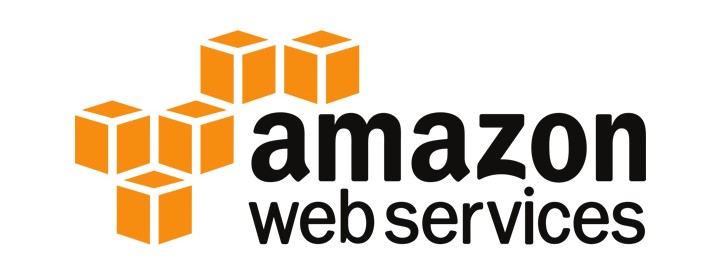
After migrating my personal website to Amazon Web Services, I was quickly amazed at the endless possibilities available from this service. I decided to use my free time to prepare for the AWS certified cloud practitioner exam to help me become more skilled in using AWS since many companies are now starting to switch over to cloud environments. I learned the Fundamentals of AWS such as EC2 instances, autoscaling groups, serverless architecture, AWS vs customer managed infrastructure, CloudWatch and much more. I plan to pursue the Certified Developer Associate certification next.
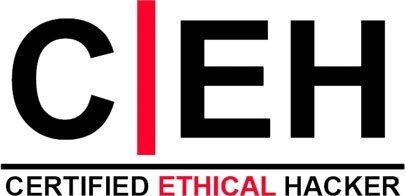
As part of my master’s degree program at WGU I was required to take the certified ethical hacker exam. The CEH is a widely recognized certification required by many companies to work in Netsec. The exam covers many areas of ethical hacking including many hacking / penetration testing tools, practices, and compliance policies. It also delves into network forensics, postmortem analysis and recovery.

My IT joruney really started with game development, one summer I decided to try my hand at game development after being inspired by Toby Fox, a solo developer who made the now hit game Undertale almost entirely by himself, using YoYo Studios Gamemaker Studio, which comes with its own UI, built in scripting language with Object-Oriented functions, pixel art editor and much more. I spent that entire summer working nonstop on my MacBook air and learning the fundamentals of programming as well as game design, and pixel art by working with Game Maker Studio 2. I continued working on game development in my free time throughout the next school year and even learned a bit of audio production to produce my own music for the games since I took piano lessons for quite a few years. (If you are curious about the music, you can check that out here.) These projects and their code are available to view on my GitHub if you are interested in seeing some of the game mockups I made. These first few game-dev projects will always hold a special place in my heart for introducing me into the tech field and I will always cherish game development for putting me on this exciting career path.


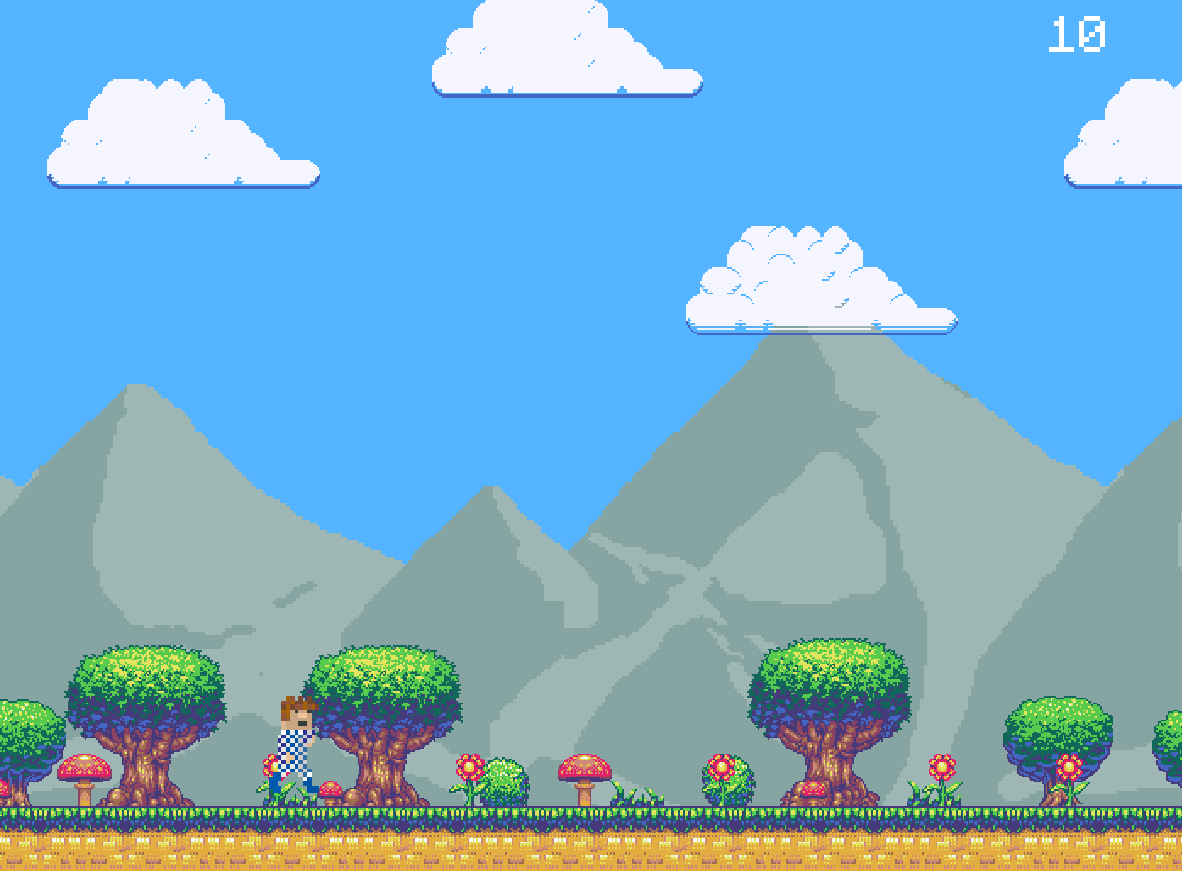

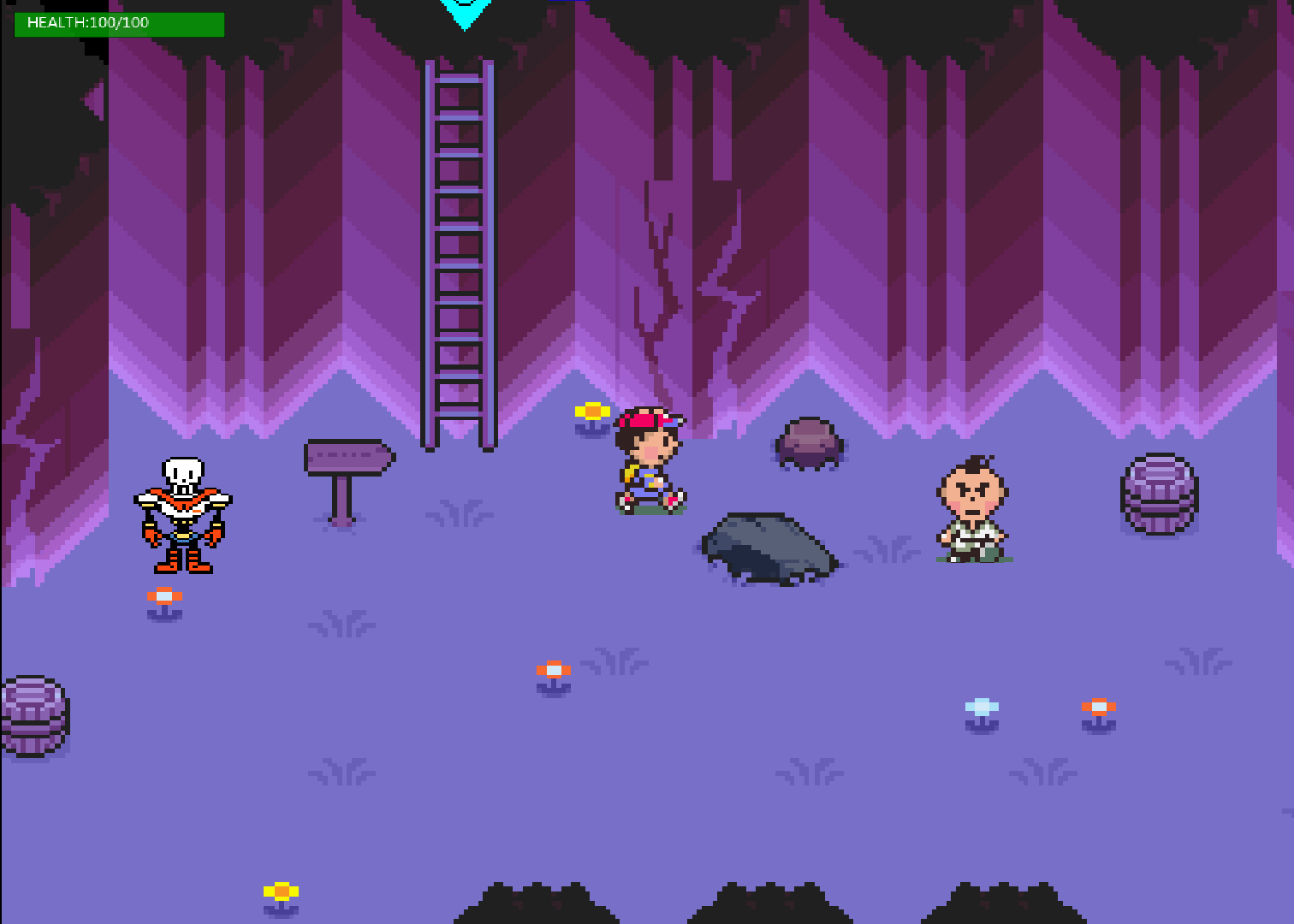
Some projects I made in Game Maker Studio 2
As my projects grew larger in scale, my MacBook Air wasn’t cutting it for me, with high compile times, due to its lack of a GPU to process the graphics of the games, relatively small 8 gigs of memory, and a laptop i5 processor, building my projects was taking much longer than I would like. I decided it was time to build a desktop from scratch to better handle my programming needs. I built a PC with a 9th gen i5 processor, 4GB GTX 1650 GPU, and 32 gigabytes of RAM. This was a neat experience, because this was the first time I had ever built a PC or really worked with computer hardware hands on. Since then I have built multiple computers for others, and I haven’t been scared to open computers, swap parts, repair computers, laptops, game consoles etc. I’ve fixed computers, upgraded computers and even broken a couple machines by accident in the process, it’s all part of the learning experience.
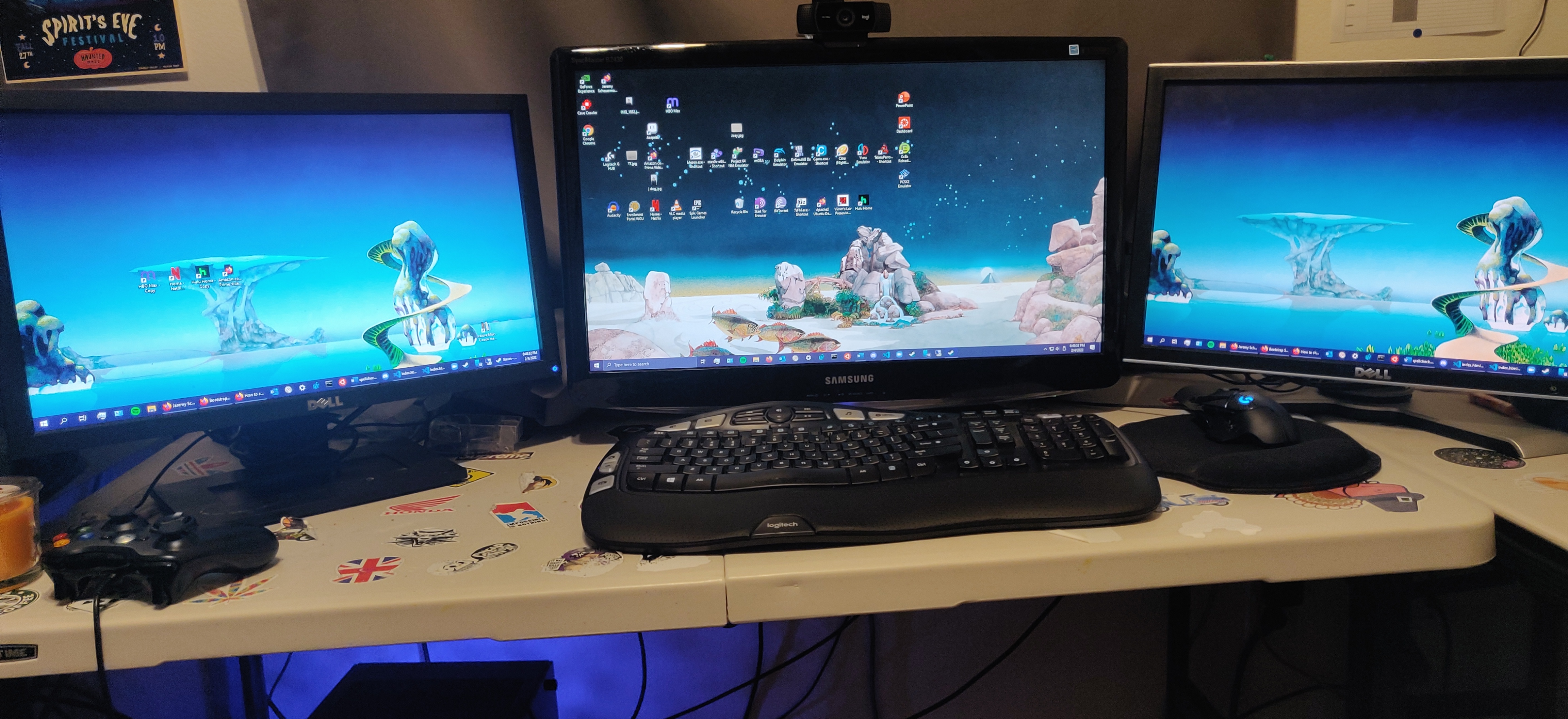
My current desktop setup
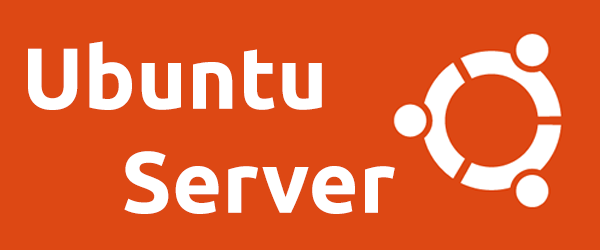
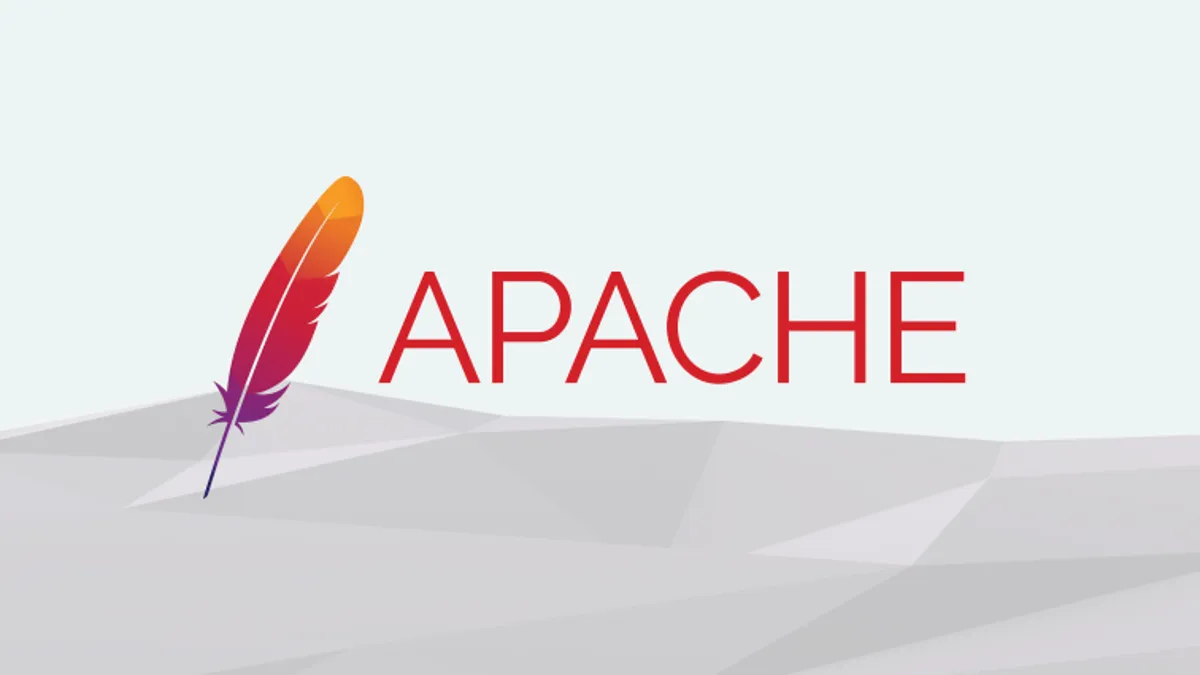
One project i was really happy with was a Linux server I made to use for a multitude of personal reasons. I decided to buy a used Dell OptiPlex desktop computer (i5 16 gigs of ram) since I figured it would be a perfect server and it only cost a couple hundred bucks. I installed Ubuntu server and configured all the networking and DNS for it to be accessible from the web. I installed openssh server for both sshing into the server and for sftp file transfers and remote file backups.as well. I learned a lot about bash, systemd services, cron jobs and bash scripting to get everything configured the way I wanted. I configured apache web server to host my personal website and a mincraft server to play with friends. Additionally I configured a mail server to email me log files for the file backups and history of automatic. I learned a ton about networking, port forwarding, system/ server administration, a lot of bash and Linux command line and just a lot more about Linux overall. (Note since this , my portfolio site has been migrated to Amazon Web Services hosting, this is to ensure, speed, stability, reliability, and also security, I still use my server for minecraft, file backups, and some other projects)

The physical server I set up, hosting my file backups, and my other projects


After the server was set up, I figured it was time to make my personal website. I had got my feet wet with web development over the Summer and would look at it here and there after work when I had the time. I finished a few tutorials, and I had a firm understanding of Html, CSS and how they worked together in tandem. I even made a few small test pages to experiment around with how it all worked. However, now I decided to put it all together and make a Portfolio website, I used HTML5, CSS3, Javascript and a bit of Bootsrap to develop this site. ( since then all bootstrap has been removed and replaced with pure javascript) I used flexbox and grid to ensure responsive design across all devices Additionally, I decided to integrate git version control into my workflow, which made it easier for me to work back and forth between my desktop at home, and my laptop when I was on the go. This project left me with some great skills in web development, and also a powerful upgrade to my workflow with git version control.

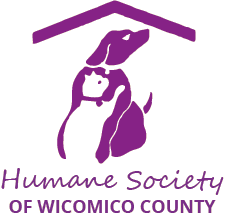
As I continued to work with web development more and more, I was eager to apply my skills in a practical setting. Luckily, I got a few chances to do this, first I got a call from a good buddy of mine who works with the Wicomico Humane society and was asking me some help with their website. The website is made with WordPress, and he was having trouble implementing an online animal adoption form. The goal of the form is so that potential dog adopters could input the info in the form and the results be emailed to the shelter, as opposed to the way they had been doing it… getting the forms faxed over. I was able to get the embedded html form code sorted out with him and now adopting from the humane society is much easier. Another friend of mine works at a local bagel place, the bagel bakery café which is one of my favorite places around. She oversees their website, which is powered by Pop Menu, a site builder similar to WordPress and Wix. Similar to other site builders, pop menu also has a feature to implement custom html code as well. I was able to clean up the site overall by using embed html and CSS flexbox (to ensure responsive design) to embed their social medias into the site so users could see the updated feed . Additionally, I wrote as bagel timer feature in JavaScript which alerts when the fresh bagels will be ready.

During my time at university I participated in Salisbury’s WXSU radio club to host a podcast. As a personal project, I offered to rebuild their entire website from the ground up as it was old and desperately needed to be updated. The old site which you can view here (for now) was quite rough. The visual design was outdated and many of the links didn't work properly. This site also lacked organization as well as the ability to listen to the radio station live straight from in site. I rebuilt the entire website with a blank slate from the ground up. I used CSS flexbox as well as media queries to ensure responsive design. I built a responsive nav bar with some JavaScript and a dedicated page for forms to apply to host a show. The coolest feature I added was the ability to listen to the show straight from the website's home page. I achieved this by embedding the caster.fm player into the site, I also hyperlinked the station’s phone number right above it, so in just a couple clicks you can call into the show live. Salisbury currently hasn’t put up the site yet (they are planning to soon) as there are some technical formalities that need to be gone through with the university for it to be posted by them. However, you can check it out here on my GitHub pages to see the full site.
https://therenow9.github.io/WXSU-Website/index.html